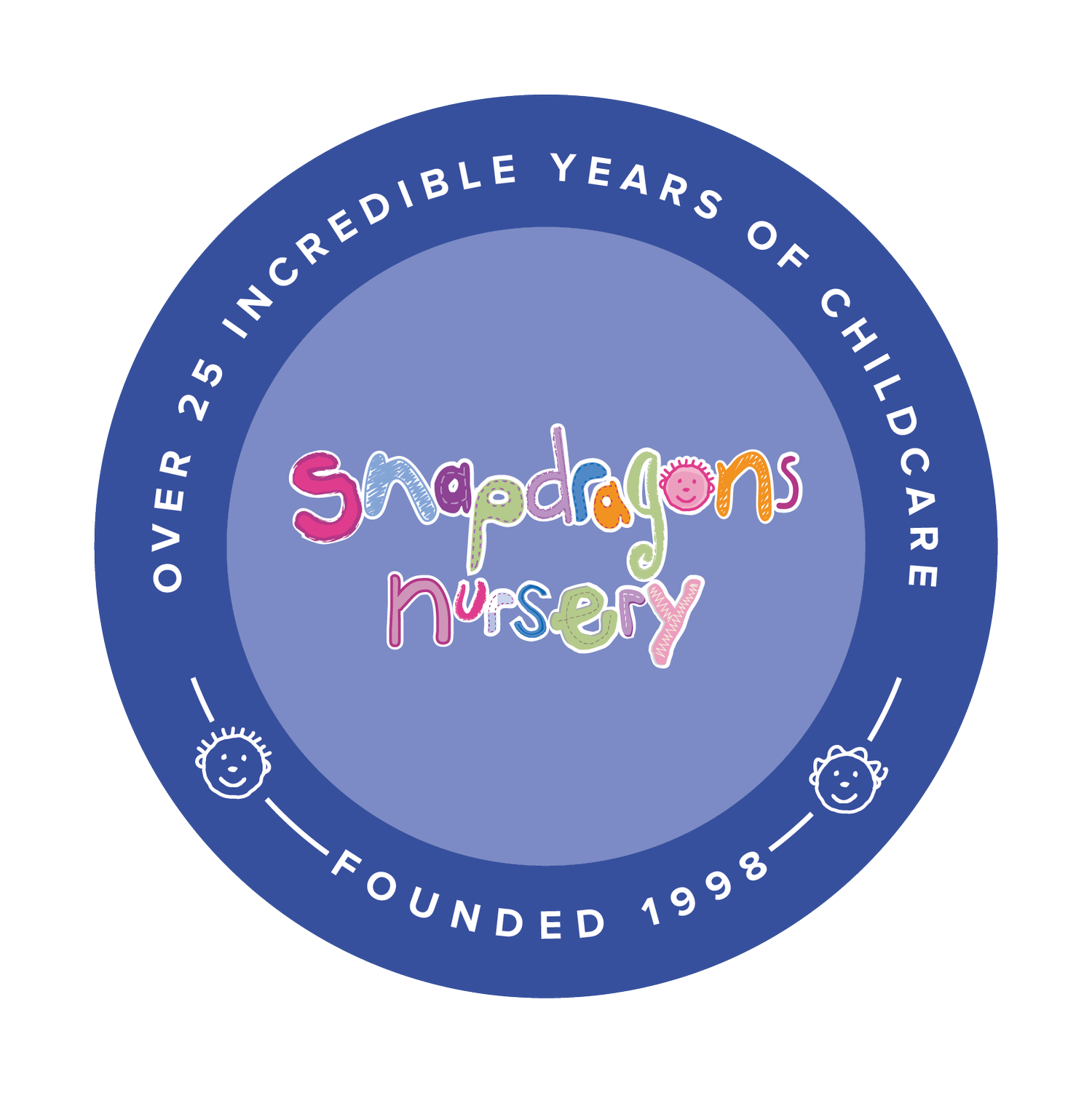Broadly Speaking
I love broad beans; in fact I think they are one of the tastiest and most versatile vegetables going.
They’re delicious raw when they’re young and sweet, great pureed and mixed with mint, lemon and a splash of oil for a quick and easy dip; crushed and paired with goat’s cheese for an easy crostini topping; added into casseroles and risottos; lightly blanched and scattered into a mixed salad, or – my favourite – combined with other early summer vegetables like tender stemmed broccoli, peas, asparagus, artichoke hearts and spring onions all lightly steamed and tossed with a lemony dressing, a sprinkle of parsley and maybe some chilli flakes while still warm.
Imagine, then, my greed and excitement when I visited the Keynsham garden and saw a bumper crop of fresh green broad bean pods nestling amongst their leaves, swollen with the promise of the sweet, juicy beans inside. Who remembers from their school days that quirky celebration of harvest that is the “Cauliflowers Fluffy” song with the memorable chorus: “The apples are ripe and the plums are red, The broad beans are sleeping in their blankety bed”? Not me obviously, I’m far too old, but I did learn to love it when my children were at school. Splitting a ripe pod and gently prising it open to reveal a neat row of bright green beans nestling snugly in their downy white bed tends to bring on an “isn’t nature great” moment for me!
Anyway, Tim introduced the children to the joys of a broad bean as soon as he spotted that they were ready for picking in the Keynsham garden. They loved hunting for ripe pods and opening them to discover the treasure inside. As I said, baby broad beans need no additions so are perfect for a children’s garden. Easy to grow, fun to harvest and delicious eaten straight from the pod to introduce the children to the joy of growing their own vegetables and eating them at their freshest, still warm from the summer sun and bursting with flavour and vitamins.
We wanted to use some of the beans in this month’s Nursery Kitchen video and, in honour of a visit from the Norland Japanese summer school students, we decided to make our own sushi using the beans and some other seasonal vegetables. It’s certainly not complicated to do and it’s something children can easily get to grips with using their own choice of fillings. Ours were vegetarian but smoked mackerel makes a tasty addition and works wonderfully with the beetroot one. Apologies to our Japanese visitors for any lack of authenticity!



